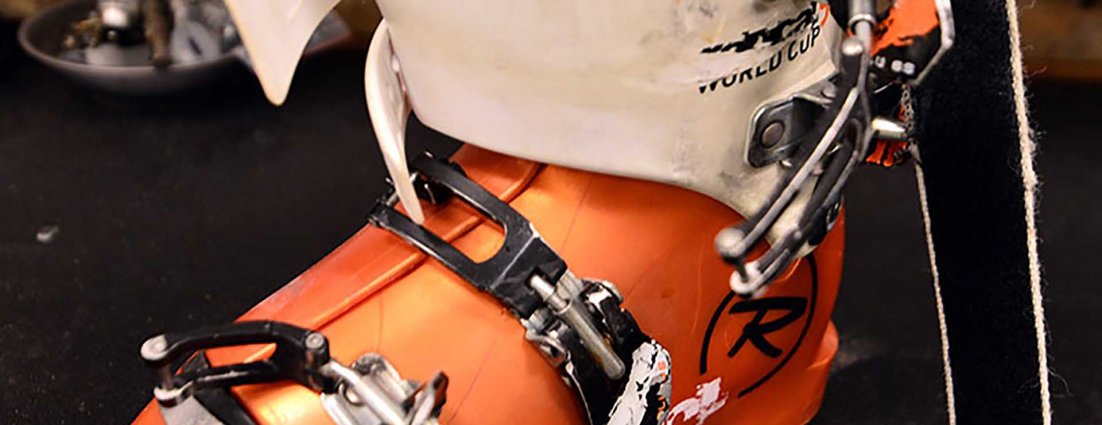Can Your Gear Last Another Season?
03.28.2017 | Todd Carroll

As the days grow longer (and warmer, in some parts of the country) and the end of another ski season approaches, many parents and athletes are tapped out. Seemingly endless training days, lots of travel, and tireless work in the ski room all add up to leave everyone exhausted.
Another area potentially depleted: your bank account. Between equipment, tools, wax, races and coaching, there’s no question that ski racing is an expensive sport. One logical area to examine for savings: your equipment. But it’s critical to arm yourself with the proper knowledge to make an informed, rational decision about moving forward for a second season during which you’ll reuse some or all of your current equipment.
Skis
Take a good look at these puppies. You should have a good idea of the work that has gone into them, but to start, you’ll need to know how many times the skis have been ground. Twice? Three times? After a third round, you’re running the risk of grinding through the base. How about the edges? Are they filed down paper-thin? Any significant base damage? Either of those issues raise red flags — you might have no problem getting through the next season, but it’s a gamble. How about other damage? Any top sheet delamination or lacquer cracking? While likely repairable, these small chinks in your armor can add up to trying to find new skis in the middle of the season — never an easy process.
Boots
Boots typically have a longer usable life than skis. Athletes can routinely get two seasons out of a pair, but there are some considerations. First and foremost is fit. Has your foot grown? If so, how much? If you’re struggling to get through a season because your toenails are getting crushed and your boot-fitter has maxed out the available space, you might need to move up a size. How about alignment – have you been testing with tape and changing things? As athletes grow, their morphology changes and you can only make so many “permanent” canting changes to a boot before you need to start over with a new boot. What about the little things like buckles, power strap and lifters? While you can definitely get replacement parts, the cost can add up quickly and new boots often make the most financial sense.
Tools
There are some staple tools you can expect to replace every season or two. Diamond stones wear out not because the diamond dulls, but because the adhesive holding the diamond bits to the stone fails. Files will wear and need to be replaced. But unless you have damaged them, your base and side edge bevel guides will work for years. Look at your brushes, too. Have they stopped working the way you want them to? Metal brushes can be refreshed, but will need replacement at least every two seasons, if not once a year. Nylon and horsehair will last longer, but are also subject to wear. Scrapers are inexpensive; get the sharpest ones you can. Spending some time thoroughly cleaning your tools in the spring can help breathe some new life into items that you thought would surely need to be replaced.
Accessories
Poles, goggles, lenses and shin guards should all be inspected. Are your aluminum poles bent or kinked? How is the foam on your goggles? Do you still have relatively scratch-free lenses for a variety of conditions? What about your pole guards and shin guards? If there are flaws, they can combine to create a truly miserable training experience and will take you right out of contention for a race win. As you work to constantly minimize or eliminate variables that keep you from achieving success, the minutiae are often easy to overlook but have a dramatic impact.
Well worn or worn out? With many accessories, that call is up to you
Helmets
Helmets are deliberately saved for last here. Their primary function is to protect your brain, so why would you gamble? While you certainly can stretch out the usage of a helmet, each impact potentially decreases the level of protection. Even at $275, a new helmet is worth every penny. Also, please note — you should always be evaluating the integrity of a helmet. You shouldn’t ever wait until the end of the season to replace one that is cracked, has been involved in serious crashes, or is otherwise falling apart.